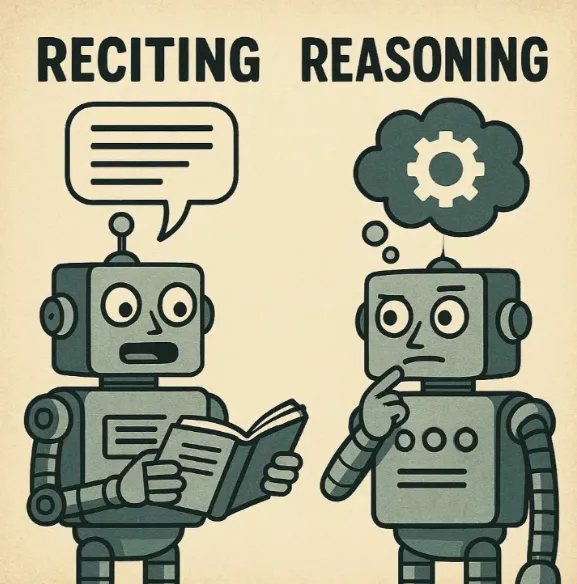Think Before You Speak: Reinforcement Learning for LLM Reasoning
Published:
Large Language Models (LLMs) have shown remarkable capabilities across a range of natural language tasks. Yet, when you give them a problem that needs a bit of careful thinking, like a tricky math question or understanding a complicated document, suddenly they can stumble. It’s like they can talk the talk, but when it comes to really putting things together step-by-step, they can get lost. 🧠Why does this happen? Fundamentally, LLMs are stateless function approximators, trained to predict the next token in static datasets. This setup limits their ability to reflect, revise, or optimize their outputs during inference. In contrast, reasoning is inherently dynamic: it requires planning, adaptation, and sometimes backtracking, all things LLMs aren’t naturally trained to do at test time. In this blog series, we explore how Reinforcement Learning (RL) can be used to bridge that gap. Specifically, we will focus on test-time scaling and fine-tuning with RL. Instead of just training the model once with supervised training and hoping for the best, this approach lets the AI learn and improve while trying to figure things out. It’s like allowing the model to learn from its mistakes in real time, which could be a game-changer for getting these models to truly reason effectively. Sounds promising? In today’s post, we’ll kick things off by reviewing the core problems and foundational concepts behind using Reinforcement Learning to enhance LLM reasoning.

